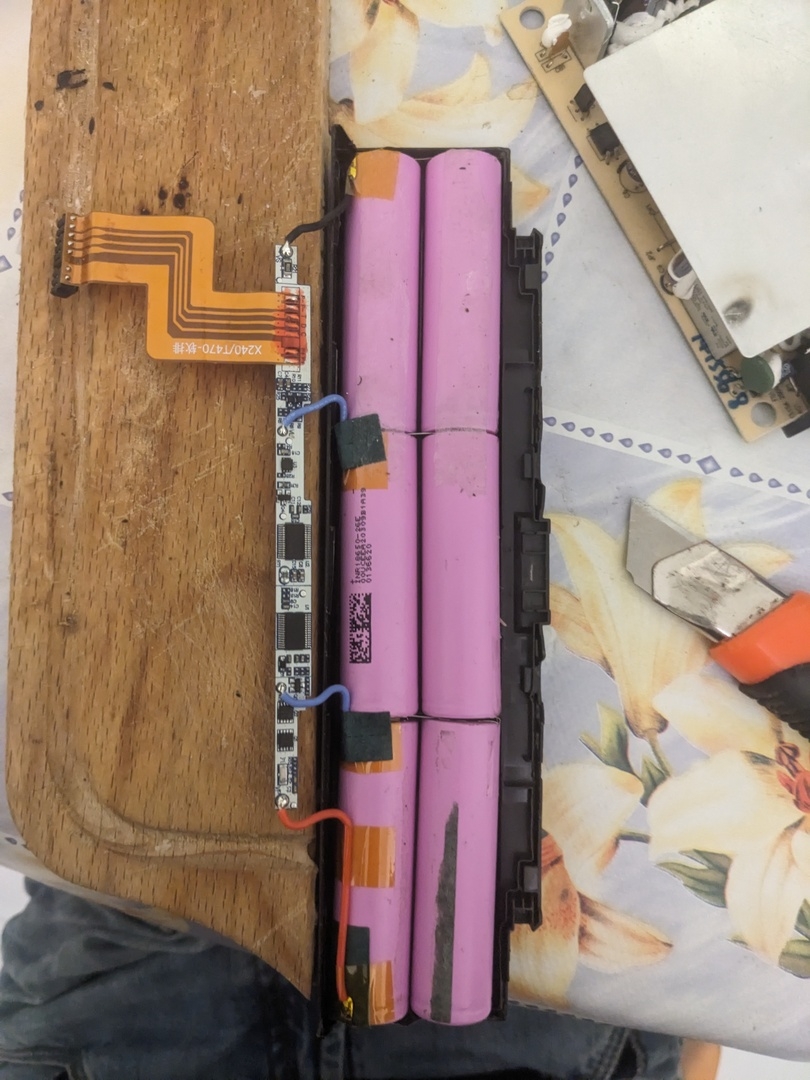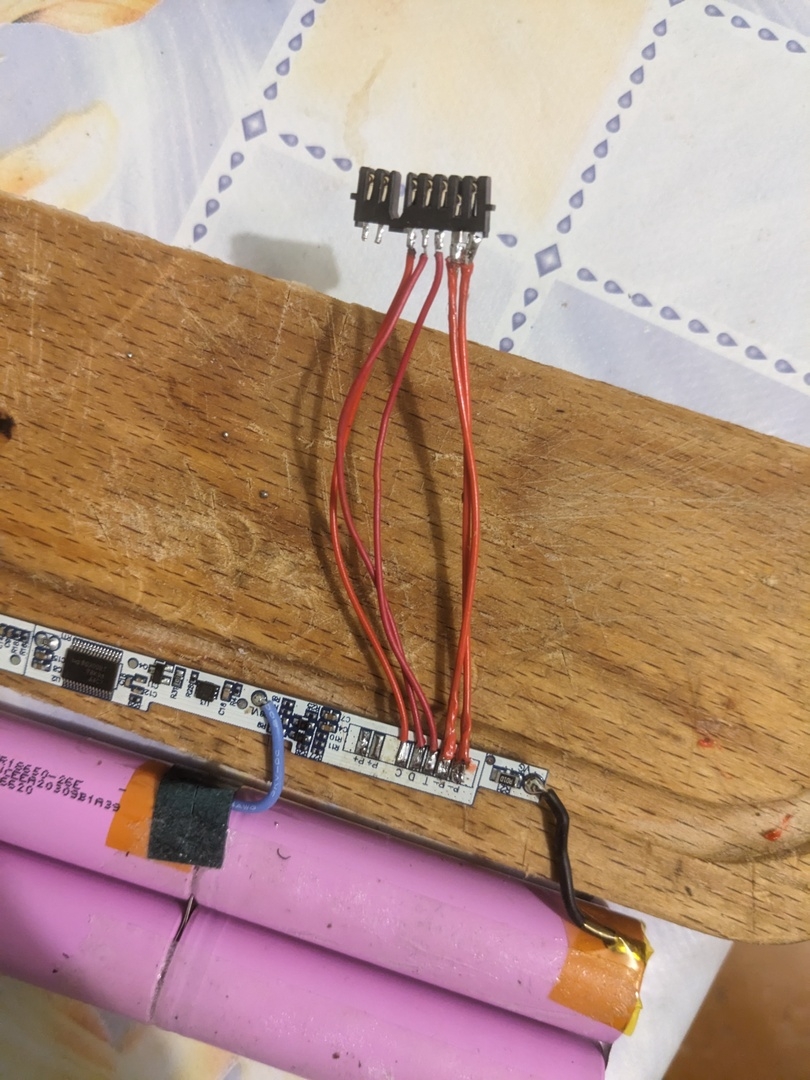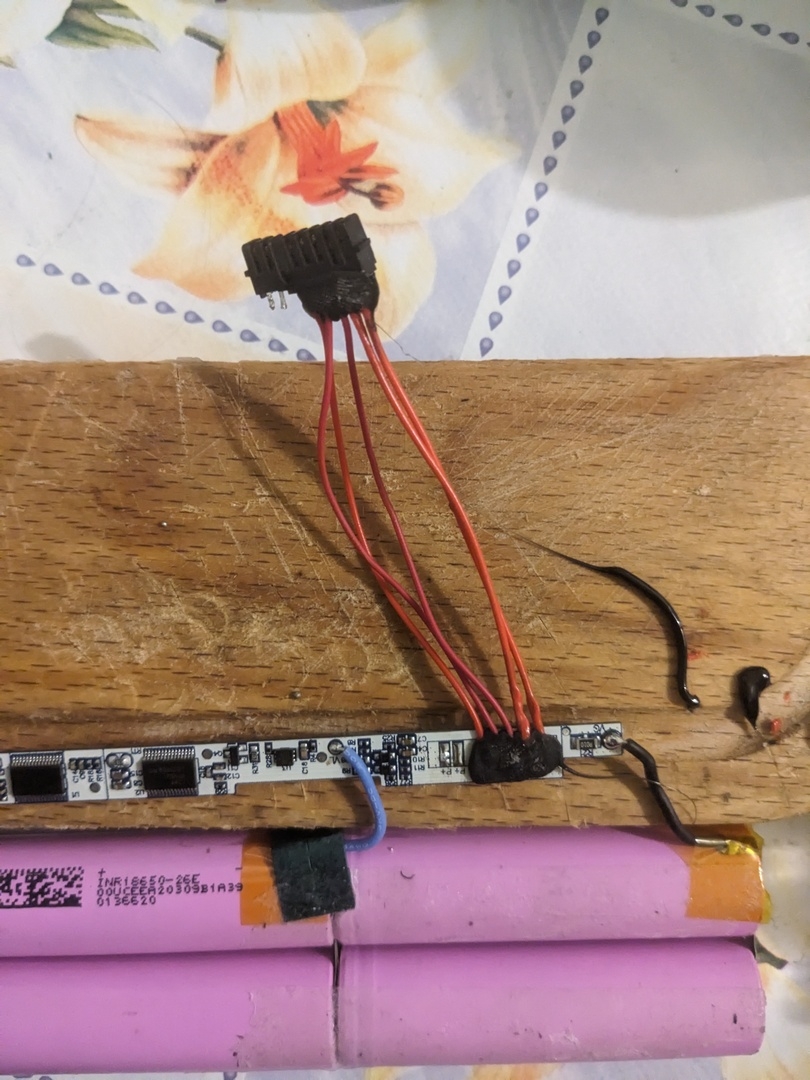I'm curious, how did you build the BMS with a cheap controller? I won't judge. I've always wanted to build my own battery pack that reports percentage back to the machine, without worrying about killing the BMS if it loses power.
ThinkPad
IBM and Lenovo ThinkPad laptop enthusiasts!
I didn't build it, although I've been entertaining the idea for quite a while. I just happened to have 2 dead batteries, one 72wh with a locked controller (2 parallel cells simply fell off due to bad spot welding) that I later bricked while trying to unlock, and a 22wh with one of the packs dead. So, after fixing the welding (tbh I've just soldered those cells since I didn't have a spot welder myself at the time) I just swapped out the working controller with the locked one. T480 doesn't seem to mind, so whatever. Although I eventually decided to set the charge threshold at ~90% since it seemed to me the BMS overcharges the batteries
As for building, there's this beauty (also there's a hackaday article about it; includes a link to the blog post outlining how it was done) for t420 which seems to include a PoC-ish smbus implementation for an attiny, as we'll as a prototype based on bq3060. Verification may be a problem, tho, if the board runs on EC firmware from lenovo (also, I've been looking at coreboot docs for x230 today, and yap, they sometimes do keep blobs with EC firmware, although there were tutorials on patching it to remove the verification). Also, if you happen to have a battery based on bq8030 ic, this blogpost has a disassembler for its firmware, which makes it possible to more or less see how the battery side of verification is done and implement it some other way. Dumping the firmware is also quite simple using theese scripts (tested on the second battery mentioned in the post)
A bit of an update here: I decided to do it. Basically, 1st you need to desolder the flex cable, starting with 2 positive wires and not shorting them to other stuff (I haven't tried doing it myself, but it doesn't seem like a good idea)


Then solder everything but positive, isolate, solder positives, isolate. I used hot glue since I'm in the middle of nowhere and too impatient to wait for some more appropriate stuff to be delivered.



Then install the contraption into the case which doesn't fully close now, but it's unnoticeable when plugged in into the laptop.
